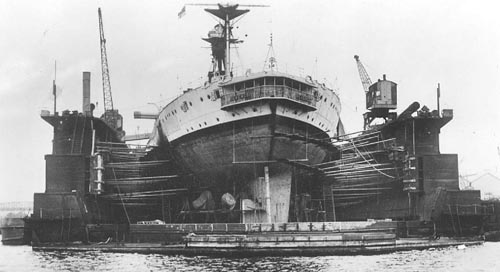
 Churchill's Creative Side
Churchill's Creative Side
 Surface attack worried him the least due to the superior firepower of the R-class battleships over the available German capital ships. He predicted that the 11-inch gun battlecruisers Scharnorst and Gneisenau would be “shatter[ed]” by the 15-inch batteries of the battleships if they dared to attack. Likewise, the battlecruiser’s superior speed would not factor in the narrow channels of the Baltic. By planning the operation for early 1940, Churchill also exploited the window of British capital ship superiority before the completion of Germany’s new 15-inch gun battleships, the Bismarck and Tirpitz.
Surface attack worried him the least due to the superior firepower of the R-class battleships over the available German capital ships. He predicted that the 11-inch gun battlecruisers Scharnorst and Gneisenau would be “shatter[ed]” by the 15-inch batteries of the battleships if they dared to attack. Likewise, the battlecruiser’s superior speed would not factor in the narrow channels of the Baltic. By planning the operation for early 1940, Churchill also exploited the window of British capital ship superiority before the completion of Germany’s new 15-inch gun battleships, the Bismarck and Tirpitz.